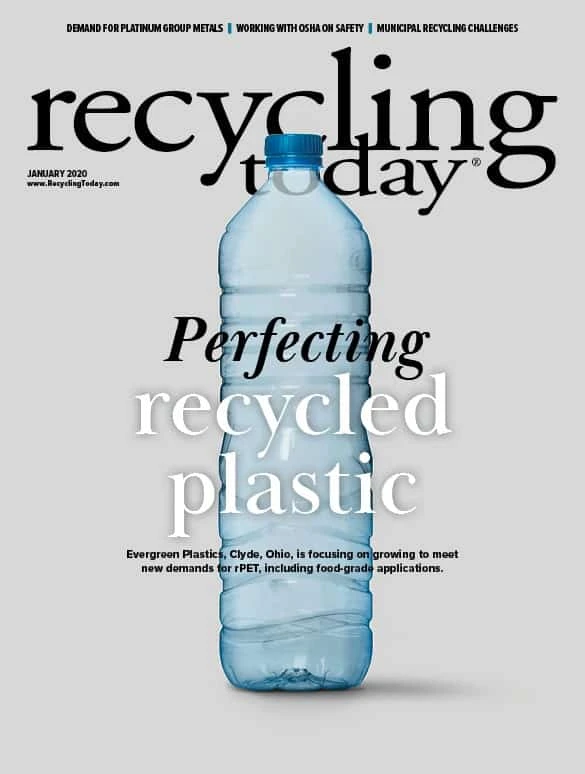Material flow was steady as November transitioned into December 2019, a source based in the Southwest says, though she adds that the flow typically changes this time of year in response to year-end mill shutdowns. Her company deals primarily in obsolete nonferrous scrap from peddlers and other area scrap yards, with some industrial accounts.
While demand and pricing for aluminum scrap grades have been quite low for some time, the processor based in the Southwest says she saw demand and price increase in December. “I think aluminum found the bottom in November and started to turn a little.”
She points to gains ranging from 2-to-4 cents per pound for some aluminum grades.
The Fastmarkets AMM aluminum scrap old sheet buying price, delivered to Midwest secondary smelters, increased from 34-to-36 cents per pound Dec. 5, 2019, to 35-to-37 cents per pound Dec. 9, 2019, while the old cast scrap buying price increased from 33-to-36 cents per pound to 34-to-37 cents per pound. Fastmarkets AMM’s assessment of the buying price for nonferrous auto shred containing 90 percent aluminum, delivered to Midwest secondary smelters, also increased to 36-to-39 cents per pound Dec. 9 from 35-to-38 cents per pound Dec. 5.
The processor based in the Southwest adds that mill demand out of Mexico increased in December after dwindling over the last four months. “I’m feeling like demand will be up next year for aluminum,” she adds.
“I think aluminum found the bottom in November and started to turn a little.” – a scrap processor based in the Southwest
On the other hand, copper has remained flat in terms of demand, she says, though pricing has increased as of mid-December.
Fastmarkets AMM reports that the gain in copper and brass scrap prices is because of the strengthening Comex copper price, which was $2.79 per pound as of Dec. 11, a 4.9 percent increase from $2.65 per pound as of Dec. 4.
“There is not a whole lot of demand,” the processor says of copper scrap.

In the November/December 2019 “Bureau of International Recycling (BIR) World Mirror on Nonferrous Metals,” David Chiao of Atlanta-based Uni-All Group Ltd., who serves as president of the Nonferrous Metals Division of the Brussels-based BIR, writes of a “new era” in China this year as the country phases out scrap imports. “At the time of writing, however, the new classifications of recycled materials are still unavailable for nonferrous and other commodities. This is just like an elephant walking through a dark room full of china.”
According to Argus Media, China’s plans to reclassify high-quality scrap metal, including aluminum and copper, as raw material before the end of 2019 is expected to be postponed until March 2020 because of the complexity of the proposed rules.
Chiao writes that during the 19th China Nonferrous Metals Industry Association (CMRA) Convention, which was in Ningbo, China, in early November 2019, ingots were the primary commodity that buyers and sellers were discussing.
The nonferrous scrap trade has shifted to Southeast Asia, he notes, adding, “although their environmental regulatory issues are not fully settled in many instances.”
Chiao adds that government officials from Malaysia, Indonesia and Thailand also attended the CMRA Convention, speculating that they were there to learn from China’s experience.

Explore the January 2020 Issue
Check out more from this issue and find your next story to read.
Latest from Recycling Today
- Aqua Metals secures $1.5M loan, reports operational strides
- AF&PA urges veto of NY bill
- Aluminum Association includes recycling among 2025 policy priorities
- AISI applauds waterways spending bill
- Lux Research questions hydrogen’s transportation role
- Sonoco selling thermoformed, flexible packaging business to Toppan for $1.8B
- ReMA offers Superfund informational reports
- Hyster-Yale commits to US production





